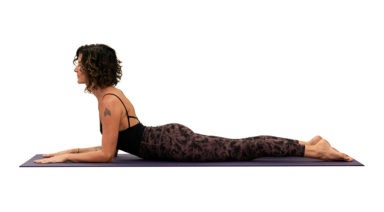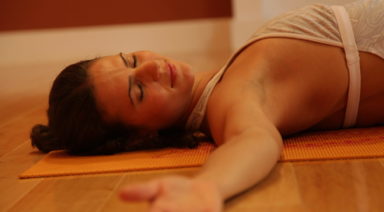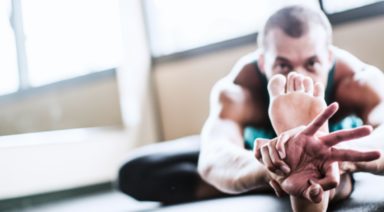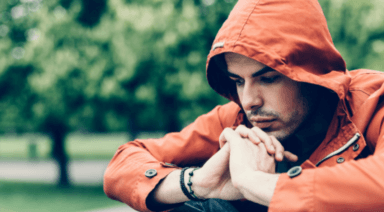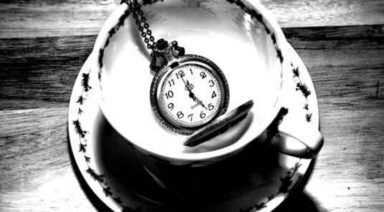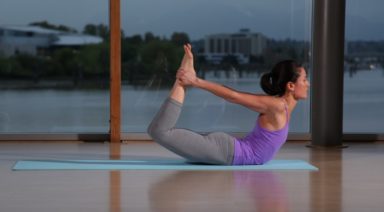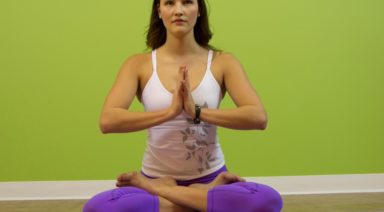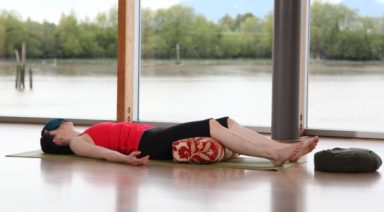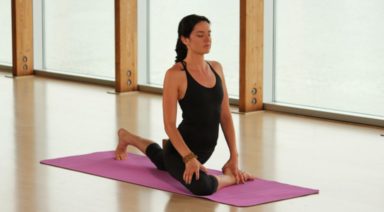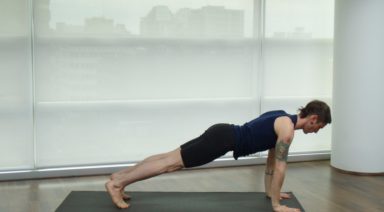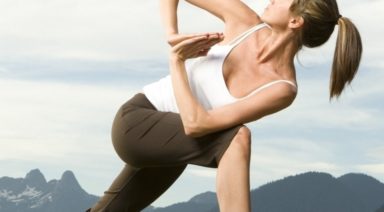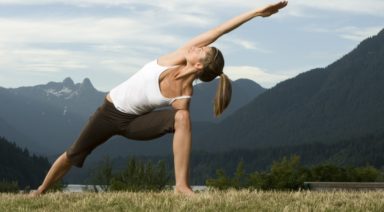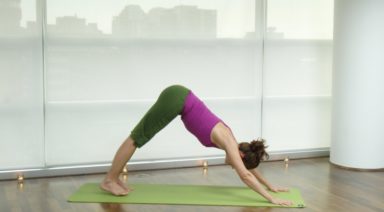Salabhasana: Locust Pose

ADJUSTMENTS | BENEFITS | SEQUENCING | SANSKRIT | STEPS
Salabhasana (sha-la-BAHS-anna) is an approachable introduction to backbends and an effective way to strengthen the muscles of the back body.
Philosophy + Origin
As a symbol of good luck and abundance in Chinese culture, harnessing the power of the grasshopper or locust encourages us to take chances and leaps of faith. Sometimes associated with astral travel, locusts symbolize the ability to overcome fear and move in the direction of positive change. Grasshoppers also use the power of sound to heal and to change states of consciousness.
ADJUSTMENTS/MODIFICATIONS:
- Press the tops of your feet into the ground to release pressure on the lower back.
- Block: Place a block under your forehead to keep the head elevated and reduce strain on the neck and upper back.
- Lift one leg at a time to test out how the pose feels in your body today.
- Bound locust: Interlace your hands behind your back and press your knuckles toward the back of your mat.
- Grounded locust: Keep your hands on the ground for a kind variation for your shoulders.
STEP-BY-STEP:
- Begin lying on your stomach with your arms extended down by your sides, palms facing up. Allow your forehead to rest naturally on the floor. Press your tailbone toward the ground.
- On an inhale, lift your head, chest, and arms off the floor.
- On an exhale, lift your legs off the ground.
- Gaze down, so the front and back of your neck are the same length. Roll your shoulder blades onto your back. reach back through your fingertips and toes.
- Feel your inner thighs lift your legs off the ground. Drop your tailbone toward the ground (it will try to lift up).
- Hold for up to 10 breaths, then release to belly-down savasana.
PREPARATORY POSES:
- Cobra pose | Bhujangasana
- Half standing forward bend | Ardha uttanasana
- Upward facing dog | Urdhva mukha svanasana
SEQUENTIAL POSES:
- Floor bow | Dhanurasana
- Camel pose | Ustrasana
- Bridge pose | Setu bandha sarvangasana
COUNTER POSES:
- Sphinx | Salamba bhujangasana
- Resting half floor frog | Vishraam ardha bhekasana
SANSKRIT:
- Salabha = Locust, grasshopper
- Asana = Pose
PHYSICAL BENEFITS:
- Strengthens muscles of the back, arms, and legs.
- Stretches muscles of the chest, shoulders, and abdomen.
- Counters tech posture.
ENERGETIC BENEFITS:
- Increases the flow of energy in the body.
- Helps overcome negative thought patterns and obstacles.
Legal Disclaimer Before participating in any exercise program or using any fitness products or services that may be described and/or made accessible in or through the Gaia Website and/or the Services, you should consult with a physician or other healthcare provider. Read more about Gaia’s Terms Of Use.
Utthita Trikonasana: Triangle Pose
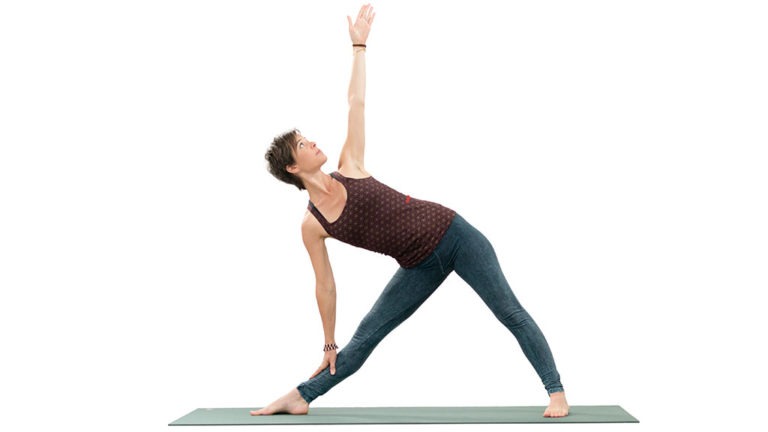
ADJUSTMENTS | BENEFITS | SEQUENCING | SANSKRIT | STEPS
A classic standing posture in many yoga lineages utthita trikonasana (oo-TEE-tah trik-cone-AHS-uh-nah), strengthens and stretches the entire body. Approaching the pose with knowledge of intelligent modifications will help you enjoy the posture and all it has to offer.
Philosophy + Origin
In hatha yoga, where the intent is to unite opposing forces – sun with moon, masculine with feminine, light with dark – this pose offers an opportunity to embody this philosophy when you focus on finding stability while you expand. When you look at the physical shape of the posture, you also see the triangles being formed. And, when you look a little closer, you find several triangles hidden in the shape of the body – the two legs with the floor, floating under the side body, and between the front foot and the front hand.





